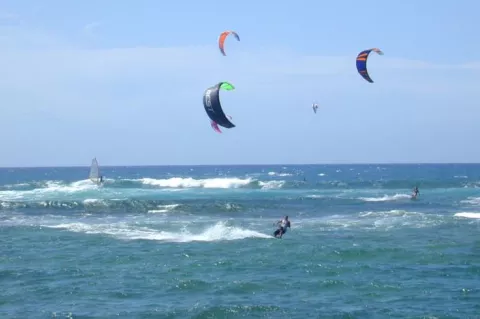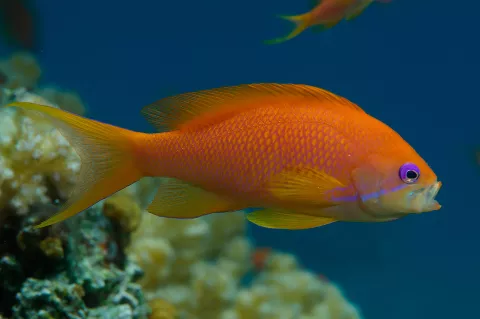Whale shark aggregation found in the Red Sea
A multinational team of researcher utilized three types of satellite transmitting tags to track the movements of 47 whale sharks from 2009 through 2011. The tags, which are placed just below the dorsal fins, measure temperature, depth, and light levels of the waters the fish swim in. After several months, the tags pop off, float to the surface and beam data via the ARGO satellite system back to computers on shore.
- Read more about Whale shark aggregation found in the Red Sea
- Log in to post comments




